Creativity comes from all kinds of experiences.
Designer Hideaki Shikama, Children of the discordance
Edit&Text by Yukihisa Takei(HONEYEE.COM)
Photo by Keisuke Nagoshi(UM)

Luxury born from street culture
The life of a late-arriving genius
Children of the discordance (COTD) is a brand that has gained popularity on a global scale over the past few years. COTD's clothing creations, especially those using vintage bandanas as fabric, have captured the attention of celebrities overseas, and are now stocked in luxury boutiques in many countries, including Dover Street Market and Browns. For some people, it may seem like a brand that just appeared out of nowhere, but of course, the designer of this brand has a history as well.
HONEYEE.COM caught up with the designer of COTD, Hideaki Shikama, at his new atelier somewhere in Tokyo. We looked back on his life together, from his early days to the present, and closed in on the reason for the unique charm that COTD clothes brings about.
As we talked to him, it became clear that the name of the brand, "Children of Dissonance," refers to the designer Hideaki Shikama himself, who has fully experienced true street culture and it turns out that his very personal cultural expression has been captivating fashion freaks around the world. We sat down with this late-blooming genius to hear about his life.
Hip-hop, skateboarding, and fashion discovered in Yokohama, a city of mixed culture.
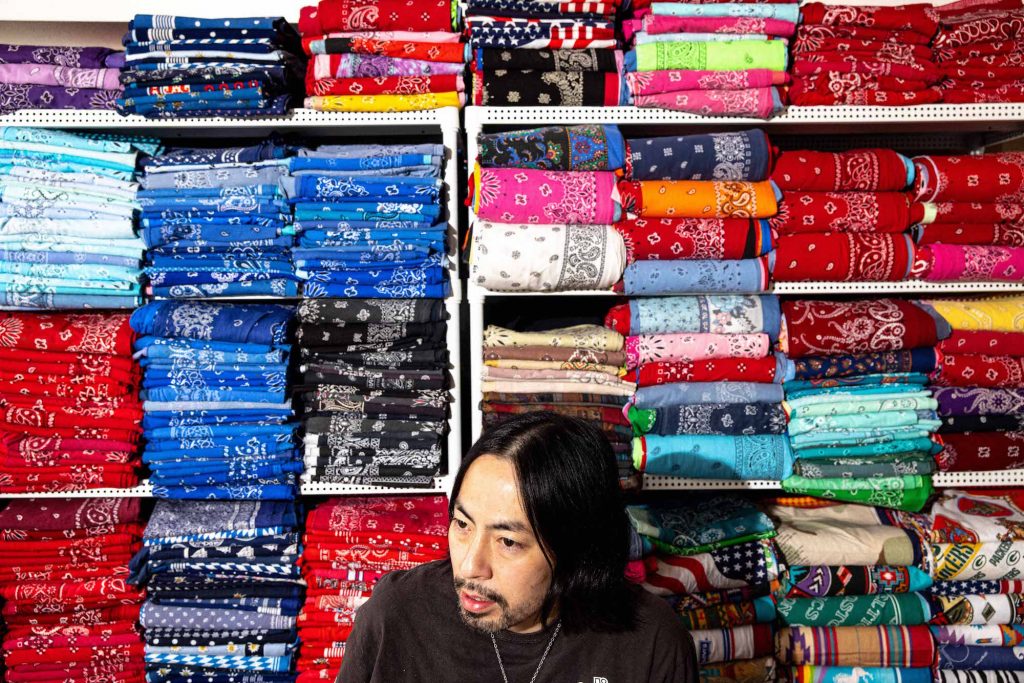
Hideaki Shikama was born in Yokohama, Japan in 1980. His first encounter with vintage bandanas, which have now become COTD's signature fabric, dates back to his elementary school days.
Hideaki Shikama: At the time, my parents used to wrap my lunch box in an American-made bandana. That's when I first fell in love with bandanas. My parents love music and MTV and Billboard were always playing on TV at home, so I grew up seeing gangsta rappers with bandanas wrapped around their heads and hardcore bands wearing cross motif bandanas. I tried to find one in my hometown, but there were none. So in the first year of junior high school, I went to Harajuku to get one.
At the age of 13, Shikama went all the way to Tokyo to buy the bandana he was looking for, which shows how fast he was able to dig deep into the culture, but it was the street culture of his hometown Yokohama, rather than Tokyo, that had a big influence on him.
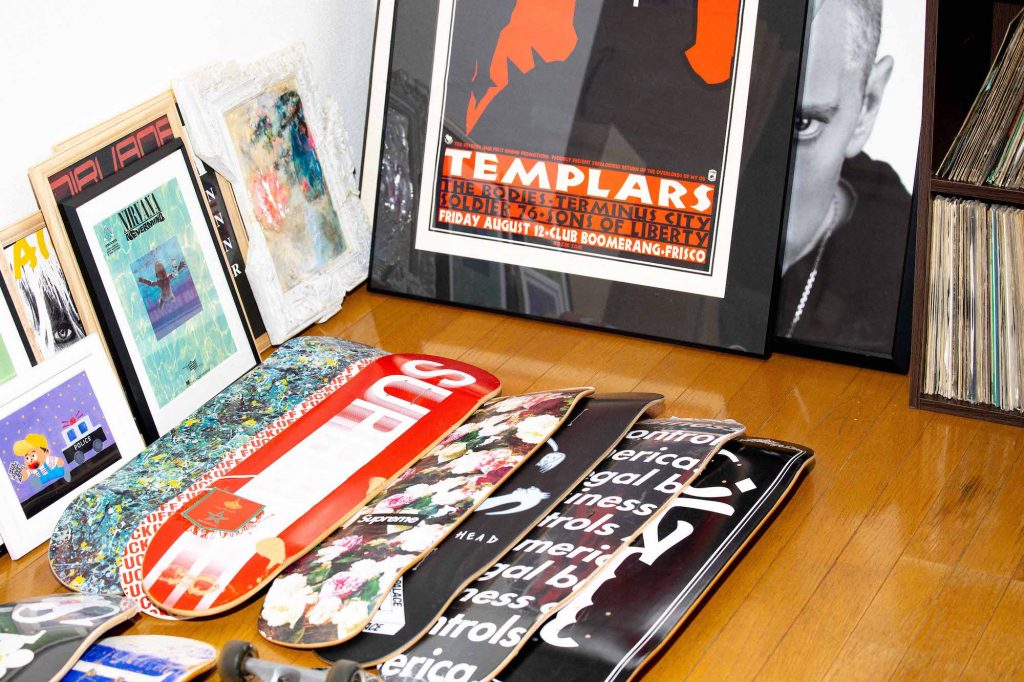
S: Yokohama is a port city, so it has a different mixed culture from Tokyo. I started listening to hardcore and hip-hop music at an early age, and there was also a unique local reggae culture. I also started skating on the streets in the first year of junior high school, and even thinking about it now, the seniors in my local area were so stylish. I still remember that one of them was wearing a pair of skinny pants and Vans sneakers with a "g" logo on the back of his flannel shirt that he had ripped off. I asked, "What's that?" He told me, "It's GOODENOUGH, a brand that's selling well in Harajuku right now" (a brand created by Hiroshi Fujiwara and SKATETHING, who led Japanese street fashion in the 90's), and also taught me about GORO'S, UNDERCOVER, and other Urahara brands. I was a B-boy who liked hip-hop, so I was already wearing early Supremes and things like that, but that's when I learned that there was a whole new world of Urahara.
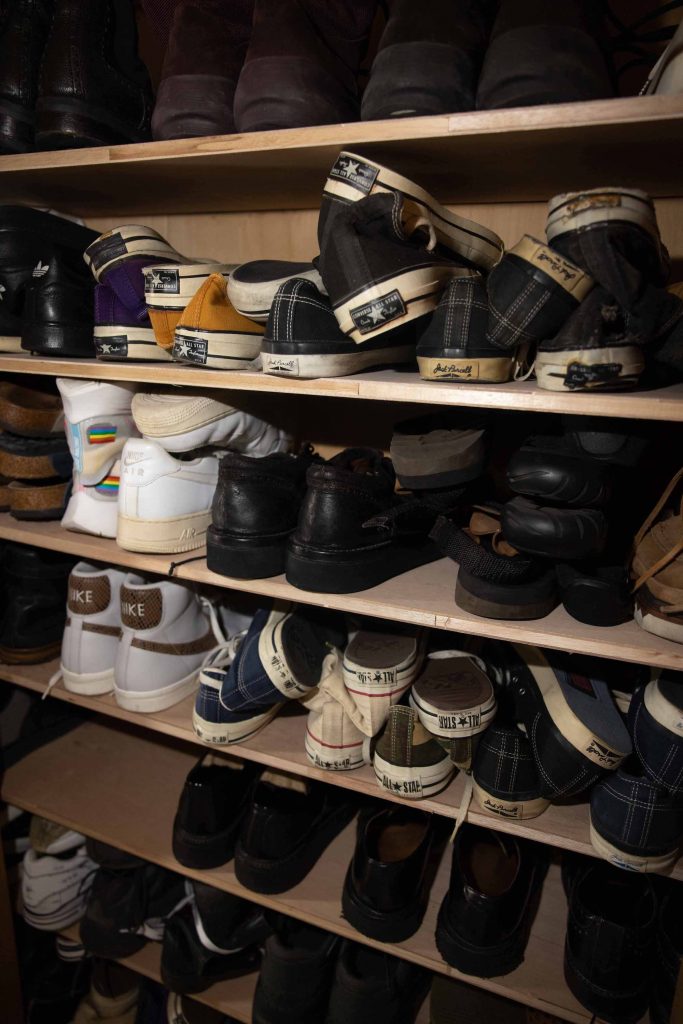
But even when he made it to Harajuku, Tokyo, most of the items were sold out at the stores in the middle of the frenzy. The prices at the resell stores were so high that it was too expensive for a teenager to buy. Some of his friends in his hometown even used "dangerous ways" to get them. Shikama recalls that the experience of growing up in a real street environment, surrounded by such bad friends, was both good and bad for him.

A failure student who awakened to fashion joins SHIPS

Since his high school days, Shikama has further developed ties with music culture. While buying vinyl records and DJing, he also began working as a hip-hop MC. This continued until around 2005. At the same time, Shikama's interest in fashion led him to go to a fashion college after high school.
S: I didn't get into Bunka Fashion College because my grades were not good enough, so I went to a different fashion school. Even there, I was labeled 'the worst failure in the school's history' (laughs).
Around this time, Shikama heard that one of his seniors in his hometown, who had taught him in-depth knowledge of American casual wear, was moving to a multi-brand store, SHIPS and he followed him, joining as a staff member of the Yokohama store at the age of 19. "There were very few clothes that I liked," he says, but he became to appear regularly in men's fashion magazine street style while working at SHIPS.
However, Shikama left the company in 2003 " with no particular thought in mind." He was crazy about the clothes of UNDERCOVER and RAF SIMONS, and continued to buy a lot of expensive clothes while selling off his old vinyl which its prices soared.
S: When I was thinking that it was time to start living a proper life, I was offered an opportunity to work at the head office at SHIPS, so I decided to join the company again.
The launch of Acycle, a super individualistic concept store

Shikama says that he spent the year away from fashion, taking the bus early in the morning to get to the work at the factory, spending "a life of aimlessness”. Then he one day received a phone call from his old boss at SHIPS. I started studying clothing design again, and while working until late every day and going to the office earlier than anyone else in the morning, I was leaning how to make clothes from scratch. While I was doing that for a while, I was told, "We got a space in Harajuku, do you want to try something there? So, I made my first business plan and created a store called Acycle.
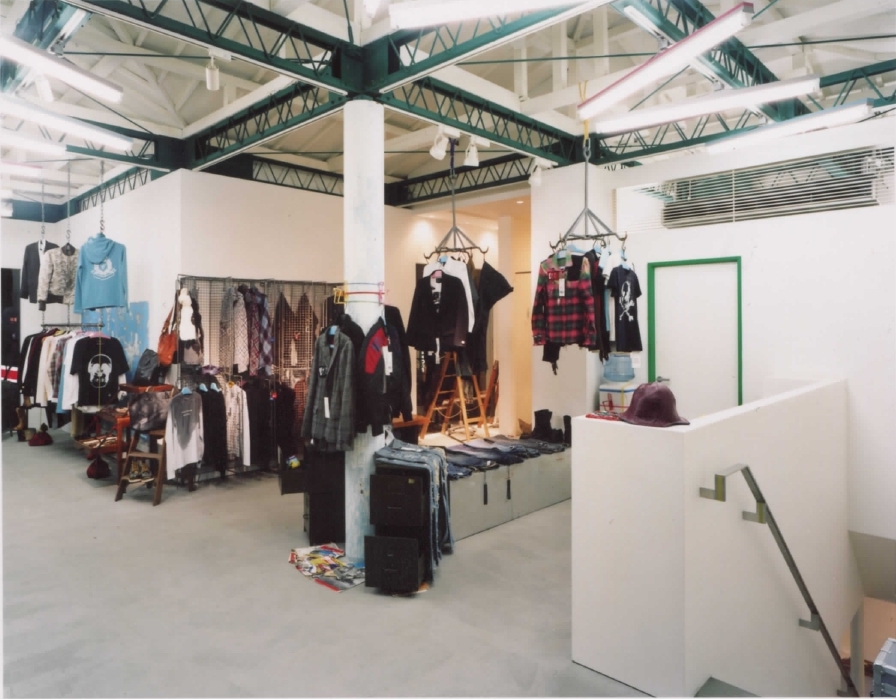
PHOTO by SHIPS

PHOTO by SHIPS
Acycle opened its doors in 2005 in Harajuku, Tokyo. Since it was closed in 2011 due to the impact of the collapse of Lehman Brothers, there are not many people who know about this store today, but it was such a edgy store that it is hard to believe that was run by SHIPS, a major multi-label store. The selection of brands was all curated by Shikama, and he also directly managed buying relationships, especially Japanese designer brands.

With 70 niche and edgy brands from domestic and foreign brands, Acycle was a "kooky” multi-rand store for individualistic fashion lovers. Some of the designers, such as ANREALAGE, have made great progress since then, while others have disappeared despite leaving behind a strong brand image.
On the other hand, during the last three years of his seven-year career at SHIPS, Shikama was also responsible for a huge amount of design work, including 100 SHIPS original shirts, other 70 styles for in-house brand, and 100 styles for women's brands per year. There is no doubt that Shikama's skills as a designer and store director were further enhanced during this period when he was aslo doing buying and directing Acycle at the same time.
"doublet shock" saw in Paris
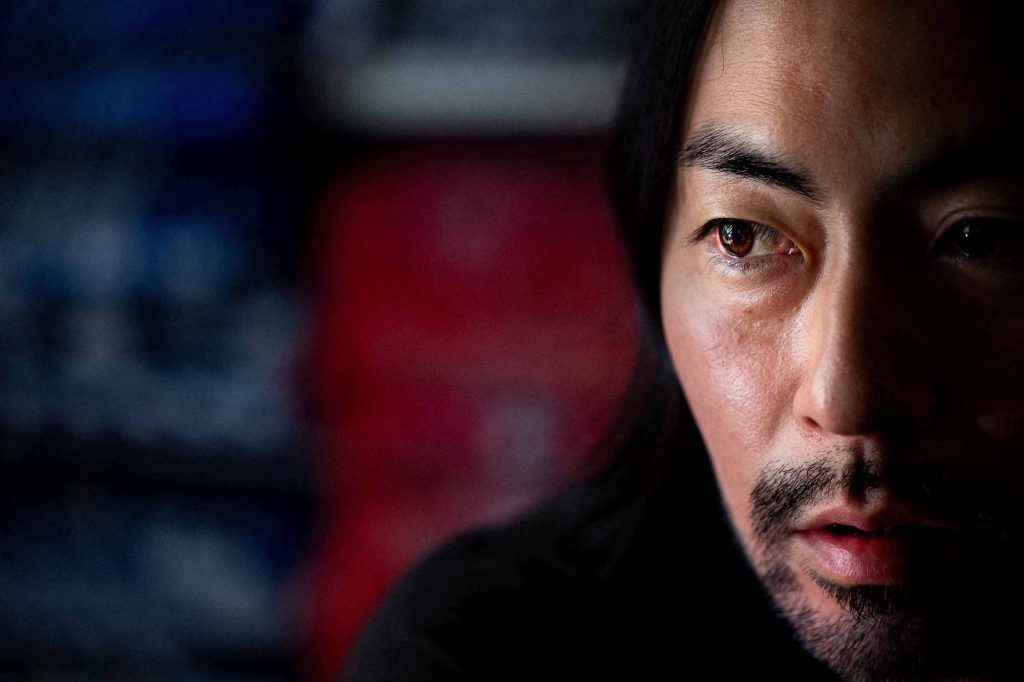
Not long before Acycle closed in 2011, Shikama left SHIPS to start his own brand, Children of the discordance, which was launched with other two in the later days of Acycle, and he also began working on comissioned graphic design work.
S: For the next few years, I was only making clothes for about two racks per season. I was just trying to reach people who understood what I was doing. Then, International Gallery BEAMS started stocking my brand in 2015, and I also showed my collection at an exhibition in New York, which gradually led to an increase in domestic and international accounts. I decided to finally take that momentum to Europe, so I held an exhibition in Paris in 2017. But there were only two buyers who came while we rented the space for a week.
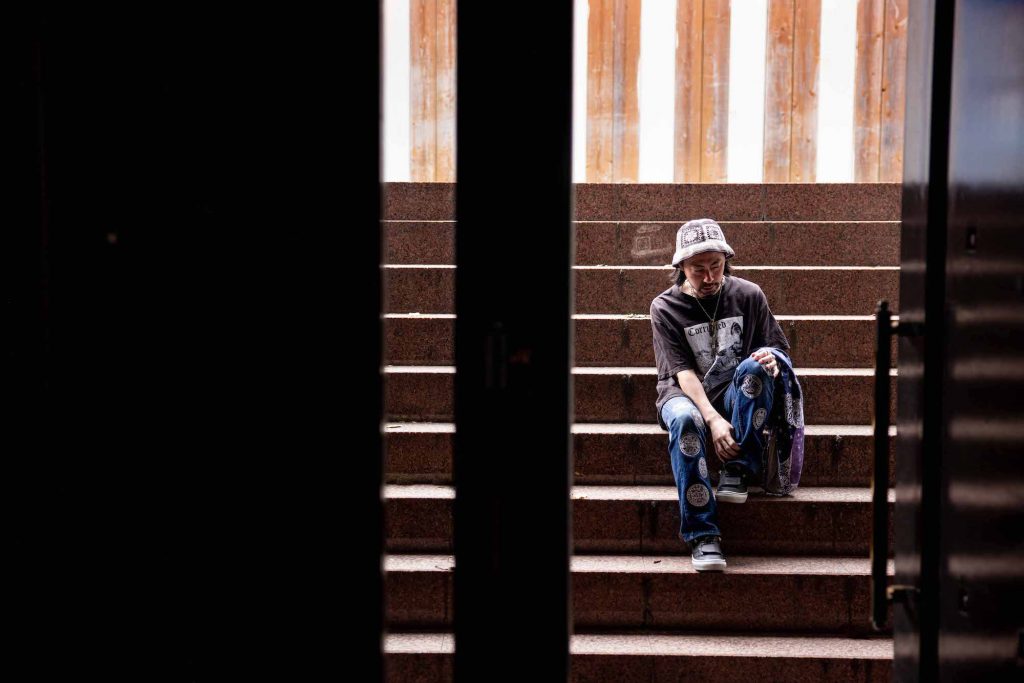
Shikama arrived in Paris with great expectations, but he was shocked to find himself in a terrible result but there was something even more shocking. He went to a joint exhibition of Japanese brands at a different venue, and saw that many buyers were crowded into the booth of doublet, also known as a Japanese brand.
S: I was shocked. There weren't that many buyers for the other brands there, but doublet. was the only one that was insanely crowded. Then I went to Colette (a famous concept store in Paris, closed in 2017), I was even more shocked to see that the entire first floor was taken over by doublet. I was happy to see that Japanese designers were successful, but I was also a designer of the same generation, so I was left with a strong sense of regret.
"I would risk my life to make clothes."

After returning from Paris, Shikama got a magazine in his hands. It was a special issue of "EYESCREAM" magazine featuring sacai. (This issue was produced by Takei, the editor-in-chief of HONEYEE.COM, and handed to Shikama directly since there had been a close friendship since then).
S: When I was just browsing through this issue you gave me, I became more and more frustrated, telling myself that I love fashion more than anyone else. And I thought, 'I didn't have enough passion until now. 'I'm going to risk my life to make clothes,' so I changed my lifestyle completely and started to think only about clothes. I put the sacai issue in the bathroom at home and kept reading it every day.
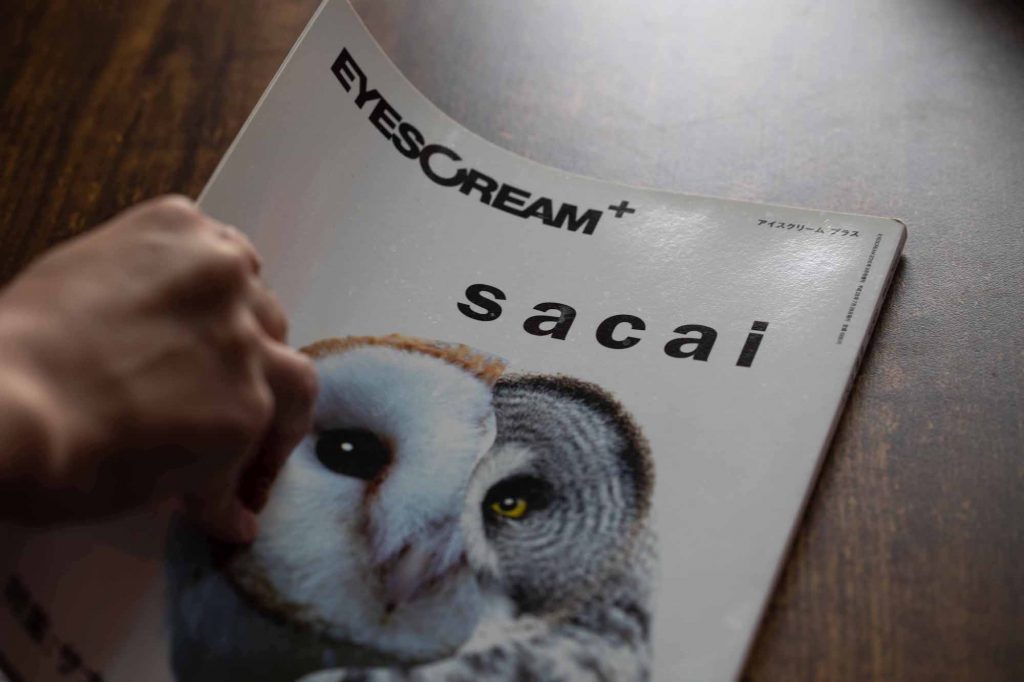
Shikama not only changed his mind about creation, but he also began to change his mind about the new vision of COTD.
S: I stopped considering the Japanese market first. Then, I really focused on how I could get COTD placed alongside brands like GUCCI, PRADA, BALENCIAGA, Maison Margiela, and ALYX in overseas boutiques. In order to make it there, if I were to make the same kind of clothes that other maison brands do, I would never be able to stand alongside them. That's why I changed my direction to using vintage fabrics that I like, and making the best products I can, no matter how much they cost.
Shikama won the TOKYO FASHION AWARD in 2017 as a designer. He got a ticket as an extra prize to showcase at Pitti Uomo in June 2018 which led to make his big breakthrough. The success came when street style photographers caught Shigama's style, where he was just wandering around the venue wearing a mix of his own brand and his favorite clothes.
At the end of that year, maxfield the LA based multi-brand store made a big push for COTD, and the momentum spread to Japan as a kind of reverse import, and other hardcore stores such as NUBIAN and idea by SOSU started to carry the brand too.
The Patchwork of Determination
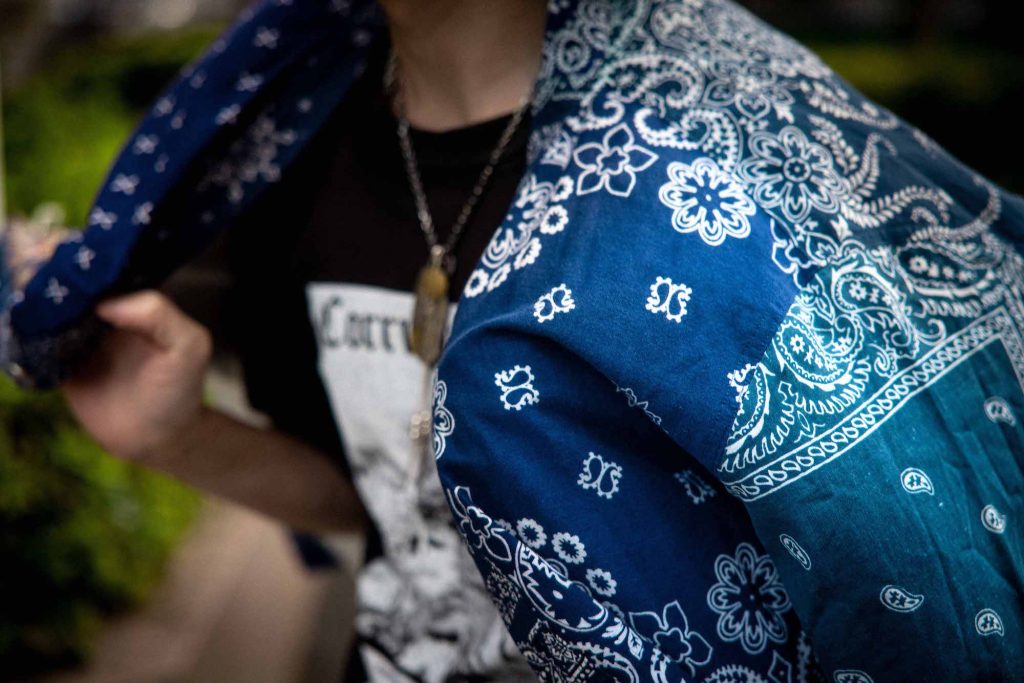
The beauty of COTD's signature vintage bandana patchwork lies not only in the thorough selection of its materials, but also in the subtle combination of them. They sort through the vast amount of bandanas collected from around the world, and incorporates them into the patterns he designs, considering the combinations of patterns. Only Shikama himself and another outsourcing member can do this work.
S: It usually uses about 20 bandanas to make one piece. I number the parts of the pattern, pack them in bags, and send them off to the factory. I do this about for 300 pieces a year alone, so if I start struggling, I'll never finish, and I'll go crazy (laughs).

While there is a certain rule to the colors and patterns, they are calculated not to be humdrum, and when they become one piece of clothing, it reveals its character as fashion. Of course, each piece of clothing has a different look and feel, so the charm of these clothes is that they are one of a kind.
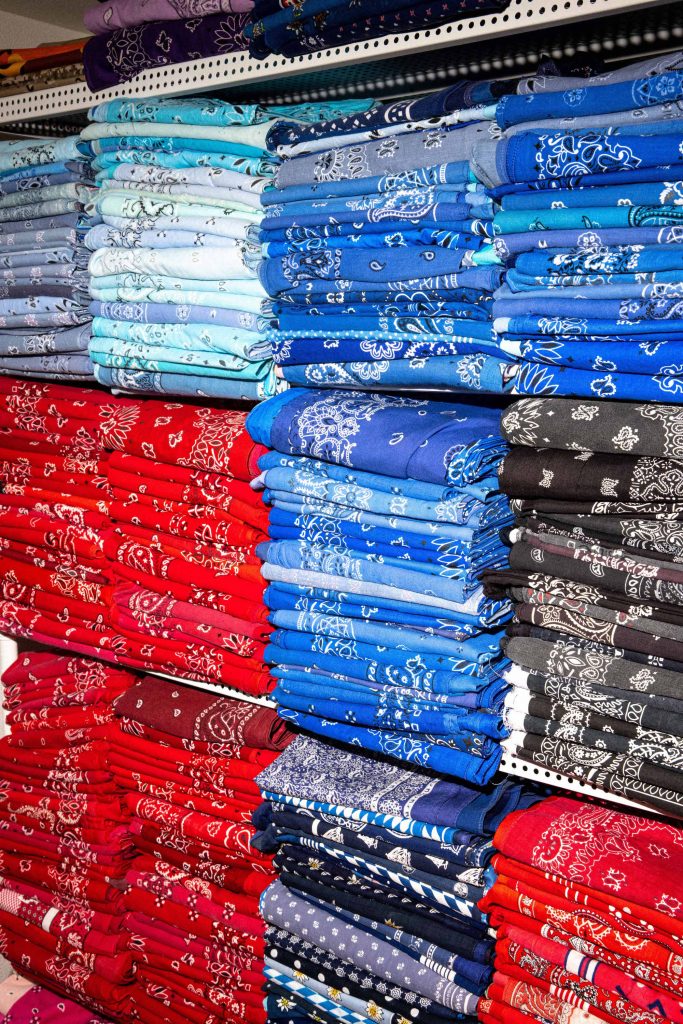
"I think there is a code of Children of the discordance that only I can understand."
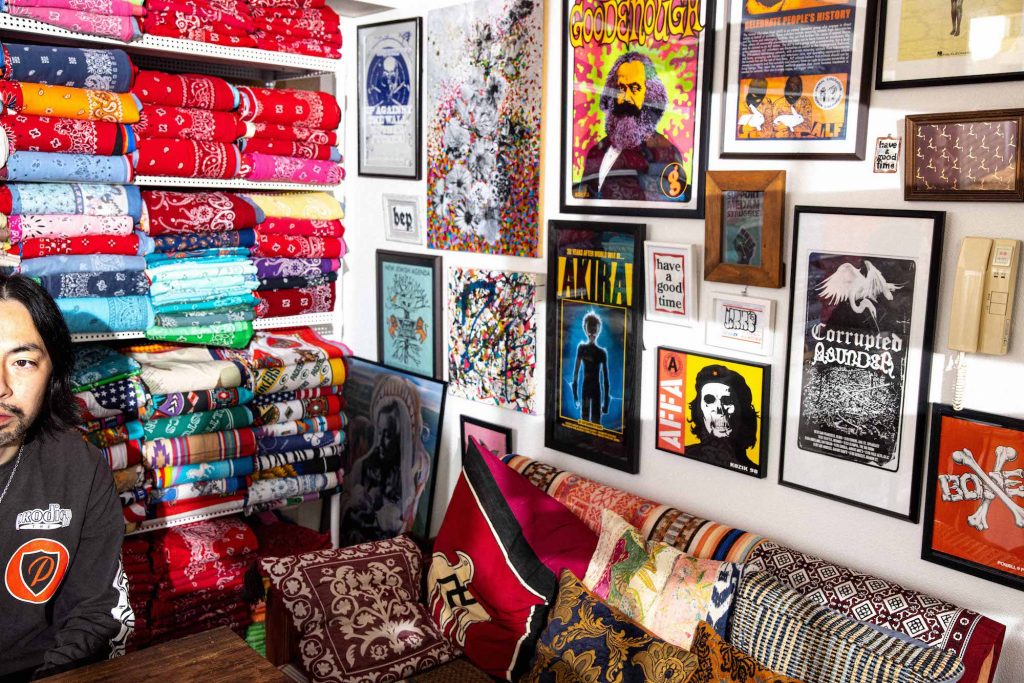
And yet, the brand COTD is not just about patchwork of vintage bandanas. Some items are made from vintage scarves, while others are made from vintage trench coats that have been deconstructed to create new pieces. The number of items using graphics, embroidery, and prints has been increasing with each collection, and the range of expression and items has been expanding as the seasons pass. Still, the brand's image does not become blurred. In fact, it is becoming more “COTD like”.
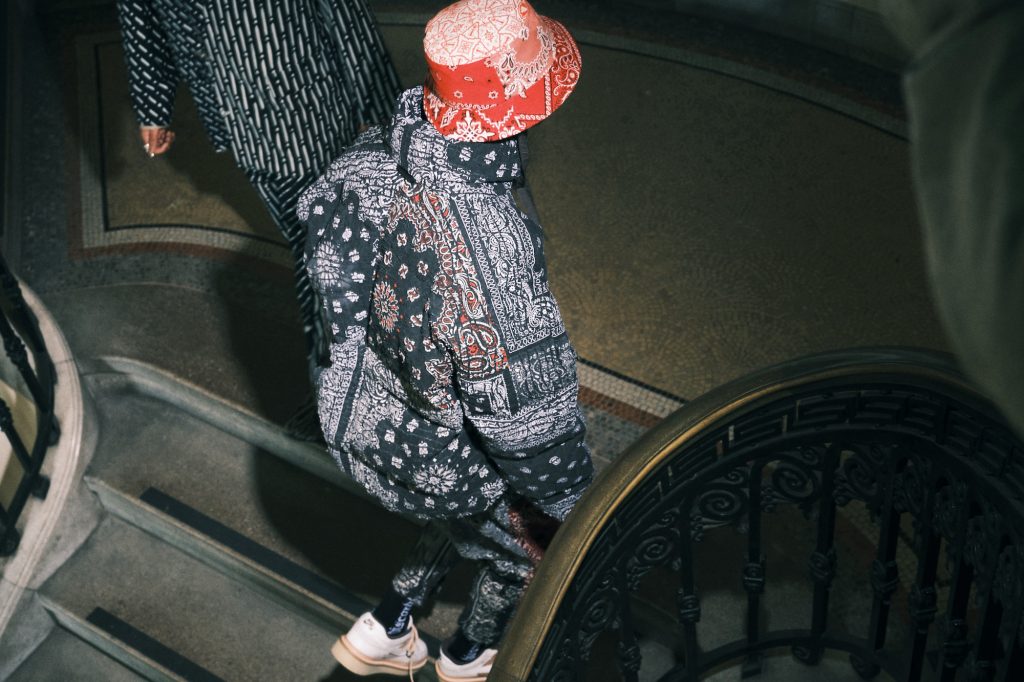
I think there is a code of Children of the discordance that only I can understand. Some people might think, "Why would he mix this vintage clothes and that? But I think my friends in my hometown (Yokohama) don't need any explanation at all. There all came from things that I’ve been skating, hip-hop, hardcore music, DJing, rapping, and fashion that I've been crazy about. What I've experienced is totally different from other people around me, and no matter what other people say, I can always say, "I am who I am. I think that's what the COTD clothes are made of.
Lastly, we’ve asked where COTD gose next.
S: Actually, I've only done 20 or 30% of what I want to try. There are more materials I want to use, and parts I want to use more lavishly. Another thing is that I've been working so fast that I've only been able to collaborate with N.HOLYWOOD, so I'm working to show more in the future. There are also more things that I can't express within the framework of COTD, so I'm aiming to create another new line and hope to be able to announce it soon.
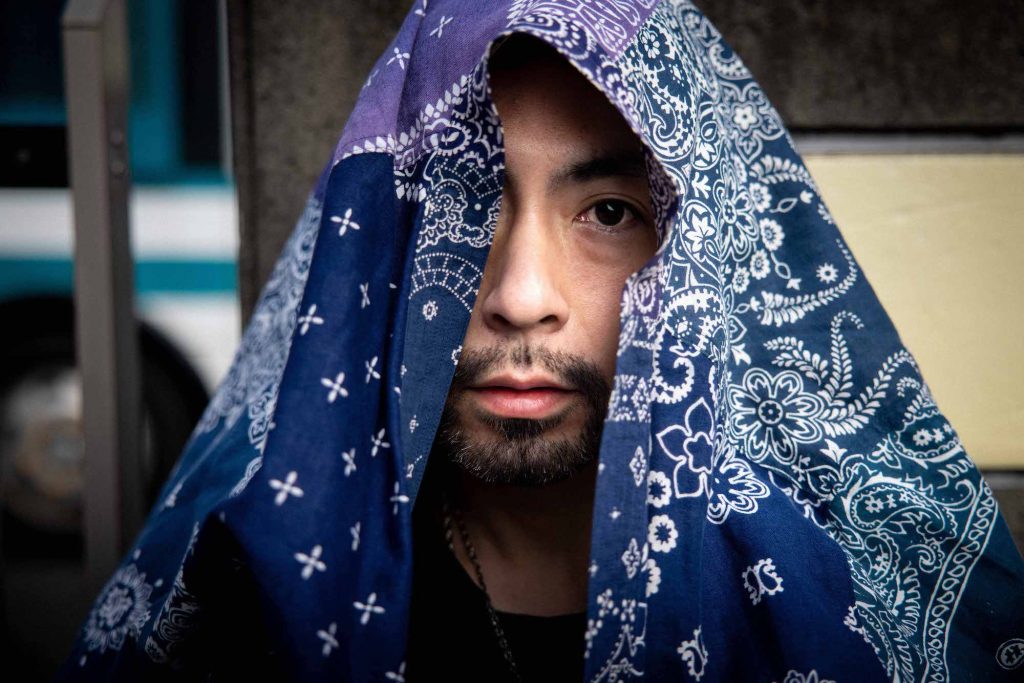
Hideaki Shikama
Born in Yokohama in 1980. He started buying and directing Acycle, a multi-brand store within SHIPS, in 2005. Launched Children of the discordance with 2 other members in 2011, and continued the brand with Shikama alone since 2013. COTD has been showing overseas since 2014 and won the TOKYO FASHION AWARD in 2017. The brand continues to gain fans around the world. He is currently planning to launch another line separate from COTD.
https://www.childrenofthediscordance.com
Children of the discordance 2022SS LOOK




















































